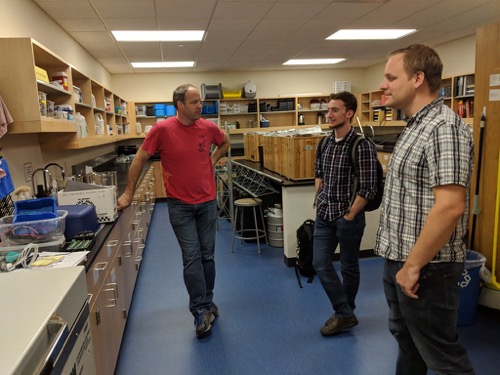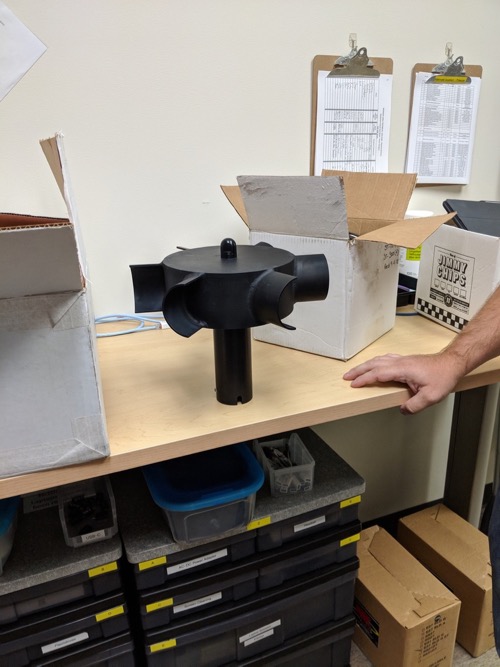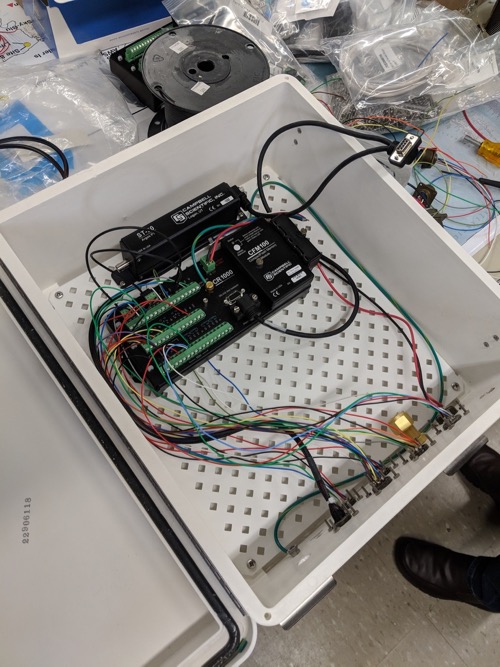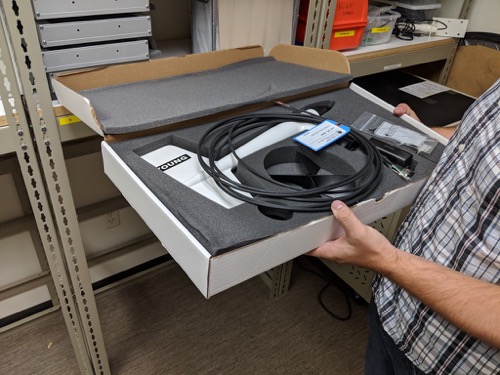In a little more than two months, I’ll be getting on an airplane to go to Antarctica. It is beginning to seem more real every day, especially after having spent the last week with the AWS research team at the University of Wisconsin in Madison, Wisconsin. I had a very informative week, but more than being informative, it was reassuring. I try to be a very competent, knowledgeable and capable man. I’m generally in a leadership position in most of the things I’m involved in and I generally know what I’m doing and how to do it. But not this time. This time I’m not the leader. I don’t know exactly what I’m doing and I don’t really know the people I’m going with.
This trip to visit my team changed all of that. I spent several days actually being able to see and handle the equipment that we would be installing, troubleshooting, and maintaining in Antarctica.
 This is a terrible picture of the team. Trust me, they are good guys!
This is a terrible picture of the team. Trust me, they are good guys!
David Mikolajczyk (who will be deploying with me) and I sat in on a meteorology class taught by Dr. Matthew Lazzara (the PI - Principal Investigator of the AWS project).
 This is a heavy duty wind speed sensor for locations with extremely high winds.
This is a heavy duty wind speed sensor for locations with extremely high winds.
Dave and Lee Wellhouse (with whom I am scheduled to go to the South Pole) showed me the instruments that will be installed.
 This is an enclosure that houses and protects the memory and parts that communicate with satellites to send the data that the Automatic Weather Station has collected.
This is an enclosure that houses and protects the memory and parts that communicate with satellites to send the data that the Automatic Weather Station has collected.
They carefully explained what the function of each instrument is, how it works, and we even discussed the power demands of each instrument.
 This is a new aerovane that will be going with us to Antarctica as a replacement. This instrument reads wind speed and direction.
This is a new aerovane that will be going with us to Antarctica as a replacement. This instrument reads wind speed and direction.
Andy Kurth, the Electrical Engineer who designs the internal electronic components, explained the extreme conditions in which the equipment is expected to function and showed me a special extreme low temperature freezer that is used to test the components to ensure that they can operate in the extreme cold.
 This is an extreme low temperature freezer used to test electronic components for use in the Automatic Weather Stations. Notice Han Solo?
This is an extreme low temperature freezer used to test electronic components for use in the Automatic Weather Stations. Notice Han Solo?
George Weidner (the most seasoned of the team) filled me in on very useful information that I would need in Antarctica and some history of the program.
While learning about the hardware, sensor housings, temperature tolerance ranges, and thermometer accuracy was important to me, there was something else that I hoped to get from the visit. Going to Antarctica is a big deal. Going to the Antarctic with a bunch of strangers could cause some stress. What I was very happy to learn is that I’m not going to deploy with a bunch of strangers, I’m deploying with a bunch of new friends. Not only am I more familiar with the AWS equipment, but more importantly I'm much more familiar with the AWS team!


Comments
Add new comment